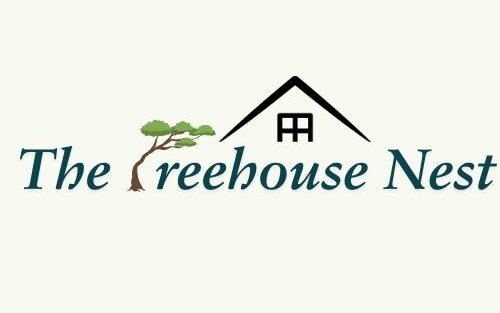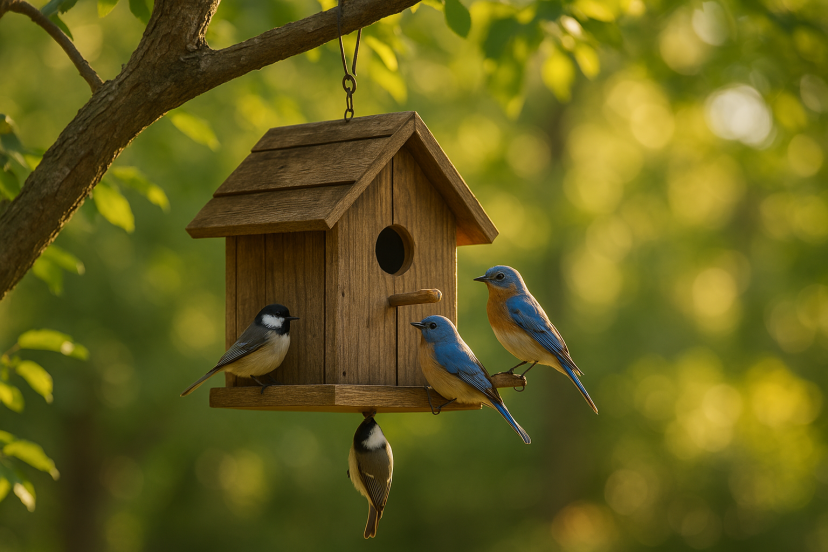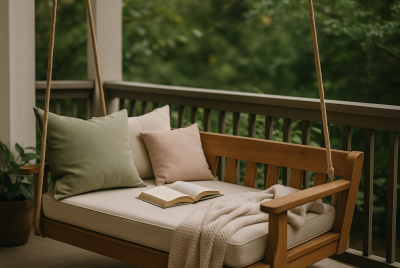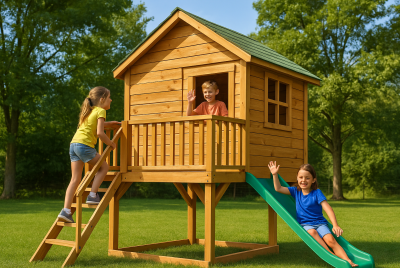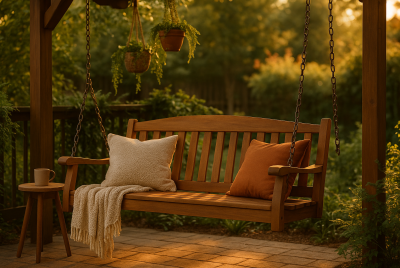Treehouse for Birds: Build a Safe, Joyful Backyard Haven
We may earn a commission for purchases made using our links. Please see our disclosure to learn more.
Imagine stepping outside to a soft chorus of chirps and wing flutters as tiny neighbors claim your yard as their safe spot. That’s the magic of a treehouse for birds—not a kid-sized fort, but a thoughtful micro-habitat: a species-appropriate nest box, a feeder they can actually use, fresh water, and some well-chosen native plants. In this friendly guide, you’ll learn how to place it, which materials matter, how to keep predators out, and what gear is worth the money. By the end, you’ll have a weekend plan you can actually finish.
Affiliate note: I may earn from qualifying purchases at no extra cost to you.
What Is a “Treehouse for Birds”?
Think of it as a birdhouse + support system. It’s a nesting box (or roosting box), a nearby feeder, clean water, and bird-friendly landscaping that make daily life easier for cavity-nesting birds like chickadees, bluebirds, and wrens. The goal: a yard that’s safe, nourishing, and easy for you to maintain.
Why Build One? Benefits You’ll Notice
- More song and activity. You’ll see courtship, nesting, and fledglings in spring.
- Family-friendly learning. Kids (and, honestly, all of us) light up when we spot a first nest.
- Real conservation at home. You’re giving wildlife shelter, food, and water when they need it most.
Safety First: Tree- and Bird-Friendly Mounting
Live trees are living tissue. If you hang a house or feeder from a limb, use a silicone-sleeved limb hanger (no bark gouging, no girdling). If you mount to a post, consider a wrap-around baffle to block climbers. A little foresight protects birds, gear, and the tree itself. (See product picks below for both.)
Placement, Height & Orientation That Work
- Height: Most small songbirds do well at 5–10 ft.
- Orientation: In warm climates, face the entrance north or east to avoid harsh afternoon sun; in windy areas, turn away from prevailing winds.
- Traffic: Keep the setup a few steps off busy paths; birds appreciate quiet sightlines.
- Windows: Avoid direct flight paths toward reflective glass to prevent collisions.
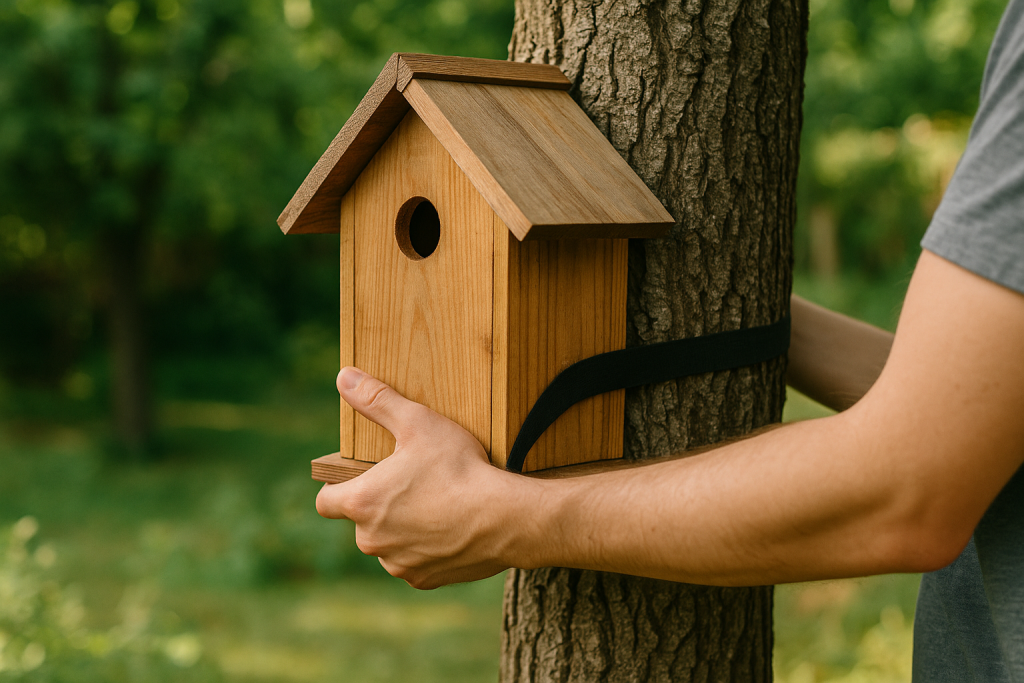
Materials That Birds Prefer (and Why)
Untreated cedar or pine insulate well and breathe naturally. Skip pressure-treated wood and solvent-heavy finishes. If you must seal, keep it exterior-only with a water-based, non-toxic finish. Inside surfaces should remain raw wood for safe ventilation and healthy chicks.
Entrance Sizes by Species
Match the opening to your target birds and you’ll reduce bully species:
- Bluebirds: ~1.5 in entrance.
- Chickadees/Wrens: ~1 1/8–1 1/4 in.
Add a metal hole guard so the size stays honest (chewers like squirrels will try to “remodel”).
Birdhouses vs. Feeders: How They Work Together
- Birdhouses help during nesting season (shelter for eggs and chicks).
- Feeders help year-round, especially during energy crunches (cold snaps, late winter).
Research suggests thoughtful supplemental feeding can improve survival and even boost breeding productivity—so long as you maintain hygiene and smart placement. See Robb et al., 2008 (Biology Letters) for evidence linking winter feeding with higher productivity the following season.
Quick Feeder Hygiene
- Clean seed feeders weekly in warm soapy water; rinse and dry fully.
- Rotate fresh seed; discard clumped or damp seed.
- Rake up spilled seed to avoid attracting rodents and raccoons.
Add Water the Smart Way
A shallow bird bath with a rough bottom (good footing) is a magnet for visits. Place it near shrubs (quick cover), not in a wide-open lawn. Moving water—like a dripper or small fountain—stays fresher longer and signals “safe to drink” from across the yard.
Native Plants: The Habitat Multiplier
If your bird treehouse is the apartment, native plants are the grocery store and daycare rolled into one. A landmark 2018 study of suburban yards found that when >70% of plant biomass is native, insect food (like caterpillars) rises—and cavity-nesters such as Carolina chickadees raise more young. Translation: natives supercharge your habitat. (Narango, Tallamy & Marra, 2018; PNAS).
What to Plant First (H3)
- One native shrub (berry-bearing if possible).
- One native small tree (host plant for caterpillars).
- A modest flower strip for pollinators (helps seed plants that birds use later).

Predator-Proofing Made Simple
- On posts: install a wrap-around metal baffle at the right height (below the box, out of raccoon reach).
- On branches: maintain at least 8 ft of horizontal clearance from jump-off points.
- Around the entrance: add a metal predator guard plate to stop enlarging by teeth or beaks.
Cleaning & Seasonal Care (Fast & Simple)
- Between broods: open the clean-out panel, remove nesting material, and let air-dry.
- Feeder care: clean more often in hot, humid weather.
- Bird bath: refresh every 1–2 days; scrub algae as needed.
- Winter: switch to high-energy foods (sunflower hearts, suet), and make sure water doesn’t freeze solid.
Spend vs. Save: Budget Priorities
Spend on: the house (correct entrance, real ventilation, clean-out), a squirrel-proof feeder, and a quality baffle.
Save on: fancy décor birds don’t use.
Nice-to-have: a tree-friendly limb hanger to protect bark, and a simple camera birdhouse if you want magical close-ups for kids or the classroom.
Weekend Action Plan (Do This First)
- Pick your spot (dappled shade, quiet sightline).
- Hang a cedar box with the right entrance size.
- Add a squirrel-proof feeder ~10–15 ft away.
- Set a shallow bath near shrub cover.
- Plant two native shrubs this week; more later.
Want bigger DIY inspiration later? Browse some clever treehouse kits and planning tips for people-scale builds that can coexist with bird habitat. (See these treehouse kits and planning ideas for layout inspiration.)
Explore these treehouse kits and planning ideas that pair beautifully with backyard habitats.
🔹 Amazon Picks: Best Gear for a Bird Treehouse
Below are five well-loved products with quick specs, pros/cons, and who they fit best.
1) Droll Yankees Yankee Flipper (YF-M) Motorized Squirrel-Proof Feeder
Why it works: This clever feeder uses a weight-activated, motorized perch that spins when a squirrel hops on—sending them gently flying while songbirds continue eating in peace. The large seed tube and tough metal cap keep things secure and clean.
Pros: Arguably the most effective squirrel deterrent available.
Cons: Needs occasional recharging.
Best for: Bird lovers in squirrel-heavy neighborhoods or anyone who wants a “set it and smile” feeder that truly keeps the critters off.
Source: The product listing highlights its motorized perch, 5-lb capacity, and lifetime warranty against squirrel damage. Independent testers often rate it a top performer for deterrence and build quality.
2) Audubon/Woodlink Cedar Bluebird House (1.5″ Entrance)
Why it works: Species-appropriate entrance (about 1.5–1.56″), breathable cedar, and a clean-out panel—exactly what bluebirds prefer.
Pros: Durable, simple, bird-friendly.
Cons: Not for larger species; add a metal hole guard to deter chewing.
Best for: Eastern/Western bluebird ranges; first-time nesters.
Source: Listing highlights cedar construction and 1.56-inch entrance; easy to clean.
3) Smart Birdhouse with 1440p Wi-Fi Camera
Why it works: Observe nesting and hatching without disturbance. Great for families and educators; adjustable hole sizes and night vision are common features in this class.
Pros: Live view and motion alerts; shareable clips.
Cons: Needs reliable Wi-Fi and power planning.
Best for: Nature-loving families, classrooms, and curious first-timers.
Source: Representative listing describes 1440p, night vision, and app alerts. A buyer’s guide also notes 1440p options on the market.
4) Songbird Essentials Hanging Cable Tree Limb Protector
Why it works: Steel cable with a silicone sleeve spreads weight and reduces bark damage when hanging houses or feeders from living branches.
Pros: Tree-friendly; reusable; simple to install.
Cons: Choose the correct length; not a rigid bracket.
Best for: Hanging from healthy limbs without harming the tree.
Source: Product listing notes stainless/steel cable and silicone sleeve design.
5) Woodlink Wrap-Around Squirrel Baffle (4×4 Post)
Why it works: A smooth, wrap-around metal shield that prevents climbers from reaching your nest box or feeder on 4×4 posts.
Pros: Durable steel; weather-resistant finish.
Cons: For posts (not shepherd’s hooks); install at the right height.
Best for: Post-mounted houses and feeders, raccoon/squirrel hotspots.
Source: Product page specifies fit for standard 4×4 posts and weather-resistant steel.
Side-by-Side Comparison
| Model | Key Spec(s) | Warranty* | Approx Price/Tier | Best For |
| Droll Yankees Yankee Flipper (YF-M) | 4 ports; ~5 lb capacity; motorized spinning perch | 1-yr power stick/charger; lifetime against squirrel damage (feeder body) | $$–$$$ | Maximum squirrel deterrence & high traffic |
| Audubon/Woodlink Cedar Bluebird House | ~1.5–1.56″ entrance; cedar; clean-out | Varies by seller | $$ | Bluebird nesting |
| Smart 1440p Camera Birdhouse | 1440p video; night vision; app alerts | Varies by brand | $$–$$$ | Education & monitoring |
| Songbird Essentials Limb Protector | Silicone-sleeved steel cable (branch-safe) | Varies by seller | $ | Tree-friendly hanging |
| Woodlink 4×4 Wrap Baffle | Wrap-around steel; weather-resistant | Varies by brand | $$ | Post-mounted predator defense |
*Check the specific listing/manufacturer for current warranty terms.
- Faster results: squirrel-proof feeder + wrap baffle = immediate win.
- Long-term success: pair a bluebird-correct box with native plants.
- Maintenance made easy: clean-out panel and simple bath = weekly five-minute routine.
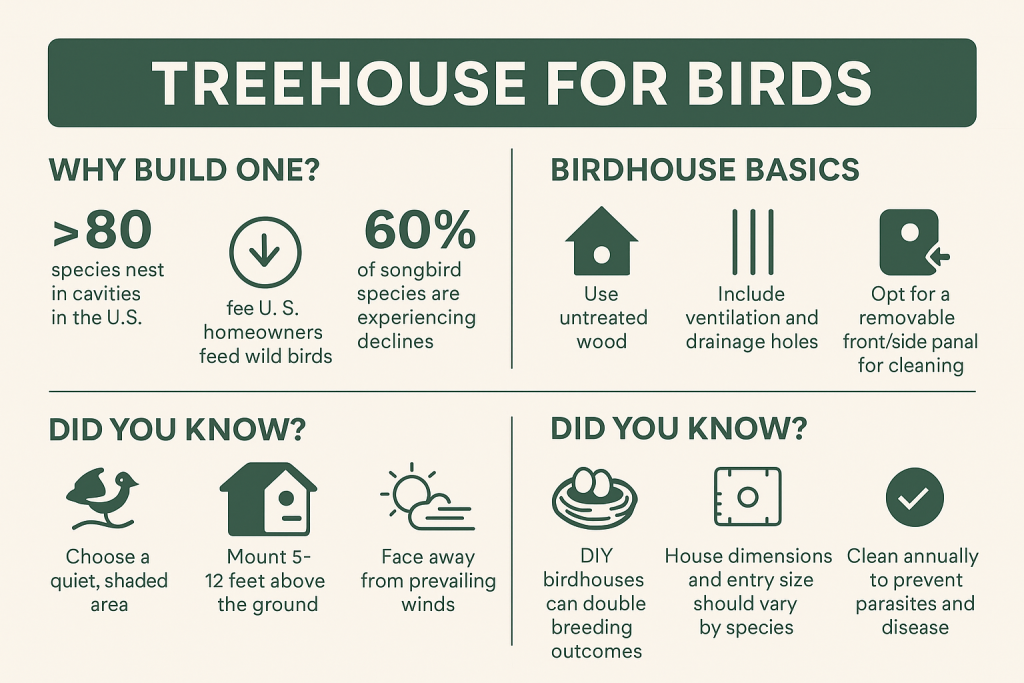
🧪 Research-Backed Insights (Plain-English Takeaways)
- Native plant power (2018). In suburban yards, more native plant biomass (>70%) correlated with more insect food and higher chickadee reproductive success. In short, native plants turn your yard into a functioning food web, not just a pretty space. (Narango, Tallamy & Marra, PNAS 2018).
- Winter feeding helps (2008). Supplementary winter feeding increased productivity the following breeding season, likely by improving survival and body condition—so long as you keep things clean and sensibly placed. (Robb et al., Biology Letters 2008).
FAQs
How high should I install a treehouse for birds (nest box)?
Most small songbirds do well at 5–10 ft. Prioritize a quiet spot with decent cover and install a post baffle or keep 8 ft of side clearance on branches to limit predator access.
What entrance hole size is best for bluebirds vs. wrens?
Bluebirds: about 1.5 in. Chickadees/wrens: about 1 1/8–1 1/4 in. Add a metal hole guard so the opening doesn’t get chewed larger by squirrels or enlarged by larger species.
Do birdhouses need paint or stain at all?
If you must, finish the exterior only with a non-toxic, water-based product. Keep the interior raw for safe ventilation. In hot climates, avoid dark colors that can overheat the cavity.
How do I keep squirrels and raccoons out?
Use a squirrel-proof feeder, maintain clear airspace around it, and install a wrap-around baffle on posts. Clean spilled seed and don’t place feeders near fences or low tree limbs they can leap from. (See Woodlink wrap baffle and Brome feeder above.)
Do I really need native plants if I already have a feeder?
Yes. Feeders are helpful, but native plants supply the insects and seasonal foods nestlings need. Aim to increase your yard’s native biomass over time for the biggest impact.
Closing Thoughts: Your Backyard, Their Little World
At heart, a treehouse for birds is a promise: “You’re safe here.” With a good box, smart placement, simple predator guards, and a few native plants, you’ll build a tiny sanctuary that welcomes life back to your doorstep. Start small this weekend—hang the box, add the bath, plant one native shrub—and let the song carry you forward.
